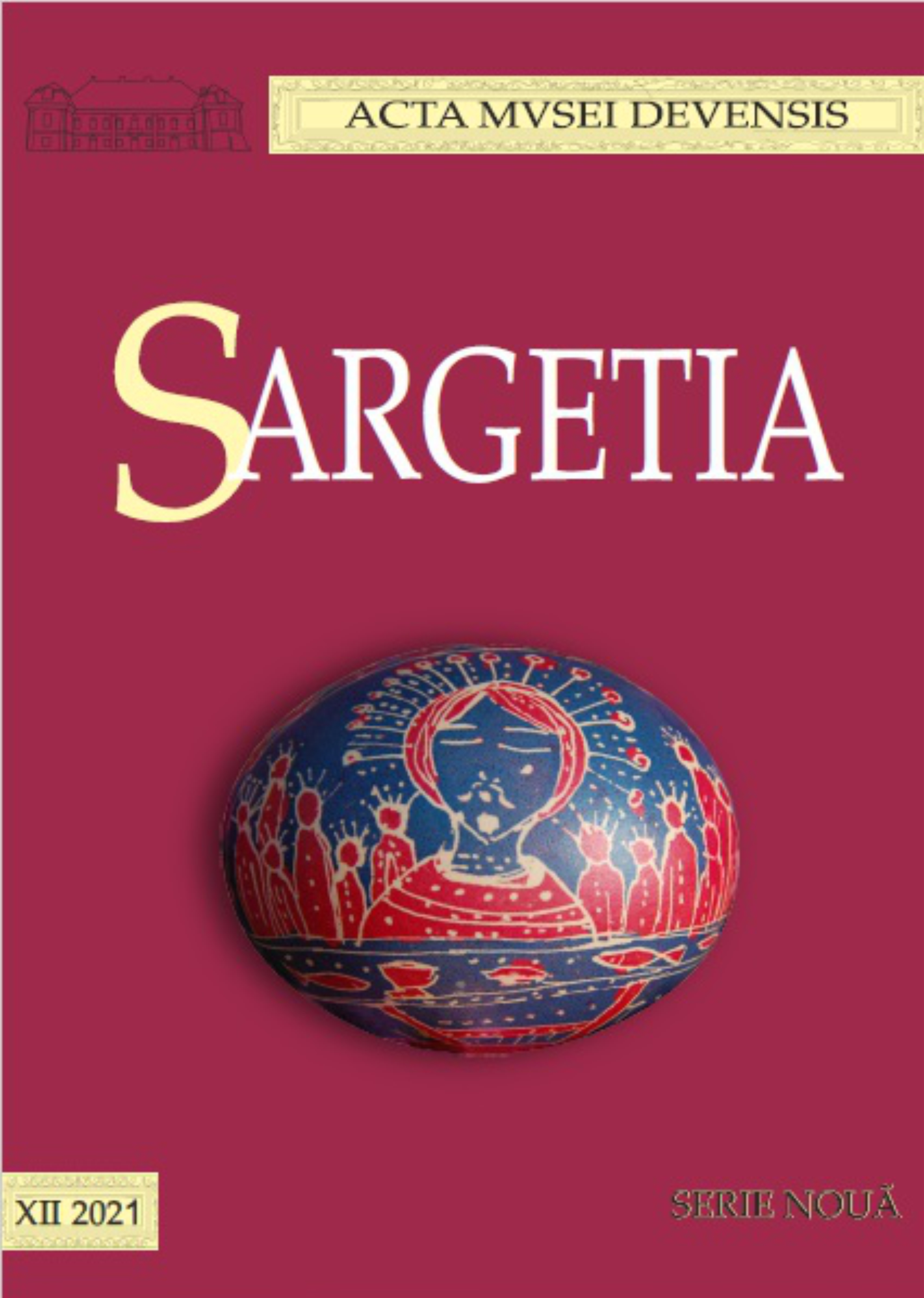Împistritul ouălor în Zarand
Decorating Eggs in Zarand
Author(s): Cecilia Monica DuşanSubject(s): Anthropology, Social Sciences, Cultural Anthropology / Ethnology, Culture and social structure
Published by: Editura Altip
Keywords: decorated/ painted eggs; Cosmic Egg; Easter; egg decorating skills; ornamental and design pattern;
Summary/Abstract: In many and varied cultures, the egg has been considered as generating the universe, the living world. The cosmic egg succeeds chaos, as a first principle of organization, even if it`s not always the first, it contains the raw material from which will then differentiate The Heaven and The Earth, the rivers and the oceans, the first humans or even the gods.But the egg is not only a symbol of creation, of birth, but especially of rebirth, of periodic renewal, therefore, there was in the ancient peoples the custom of giving coloured eggs in the period of renewal of time, of rebirth of nature, after the cold season of the year.In time, pre-Christian customs related to this archetype of genesis, the Egg, were taken over by Christianity, and the egg became a symbol of The Savior, who comes back to life, coming out of the grave, as the chicken is coming out of the eggshell. Therefore, the red painting and decorating of eggs, popular crafts of great artistry, are combined with many pre-Christian beliefs and customs.The first mention of decorating eggs custom in Romania is made by Del Chiaro, who describes the Easter customs at the court of Constantin Brâncoveanu, at the end of the 17th century. Then, from the extensive study made by Artur Gorovei at the beginning of the twentieth century, we find out that the craftsmanship of decorating Easter eggs was practiced in the whole country, even in many other countries around Romania.And in the Mountainous Zarand area, around Brad town, the area we refer to in our study, there is the custom/craftsmanship of decorating the Easter eggs, without knowing about an older date of practicing than the beginning of the twentieth century.The eggs decorating required special skills, precision, patience, a long-time practicing and a minimum of artistic sense. The painting process began by making the drawing you prefer, on the white surface of the boiled egg. The drawing was performed with the instrument called in the area pișâță or pcișâță, (Pl. I/1) an instrument that was periodically soaked in hot wax. After drawing, (Pl. I/2) it was coloured with chemical aniline paints, then, the coloured parts were covered with wax (Pl. I/3). At the end, the egg was dipped into the background colour (Pl. I/4), usually purple, obtained from grinding the chemical pencil lead, to which was added warm water and a little vinegar. After the eggs drying, they were heated for removing the wax (Pl. I/5).The design patterns for eggs decoration are numerous and different from village to village, from person to person, but the most used in the area are the following:- vegetable patterns: various leaves and flowers, the tulip (Pl. II/3-4), „țăbean” flower (Pl. II/2), the snowdrop, the oak leaf and the acorn (Pl. III/4, 6), the vine leaf and the grapes (Pl. IV/3), the strawberries, the cherries (Pl. II/7), the fir branches, the clover, the wheat ear (Pl. III/7) etc.- astral patterns: the eight, four and six petals rosette (Pl. II/1; Pl. III/2-3).- zoomorphic patterns: the snake, the clucking hen (Pl. III/9).- religious patterns: the cross, The Grail (Pl. II/7).- tools/ objects: the rake, the rye, the plow iron, the spade, the fork, horse's rein, the little ladder, shepherd's crutch, the mill (Pl. III/1).- others: the lost way, the clucking hen (Pl. III/8; Pl. II/8-9).There are currently no eggs decorating in the area. Only in Ribița and Crișan we can certainly say that the craft is still practiced, there is also a continuity in this custom of decorating the Easter eggs. In the other villages, it may be quite accidentally practiced. The long time required to decorate a small number of eggs (10-20 pieces), the considerable effort, patience and care required, made this custom endangered. (Translated by Ramona Maria Clej).
Journal: Sargetia. Acta Musei Devensis
- Issue Year: 2021
- Issue No: 12
- Page Range: 223-242
- Page Count: 20
- Language: Romanian

